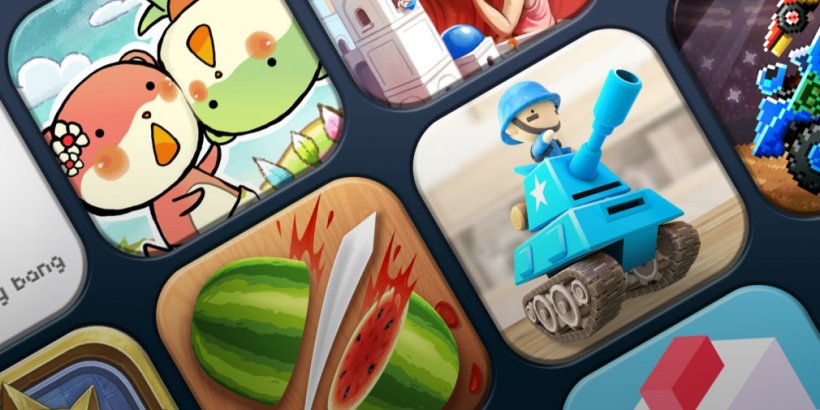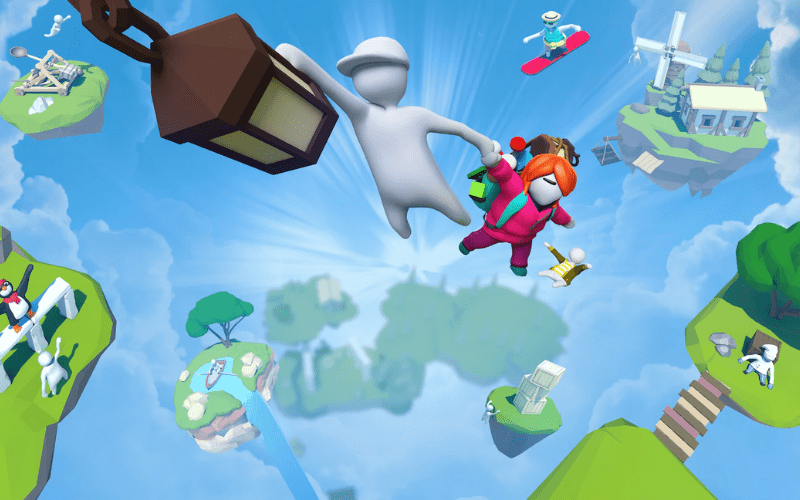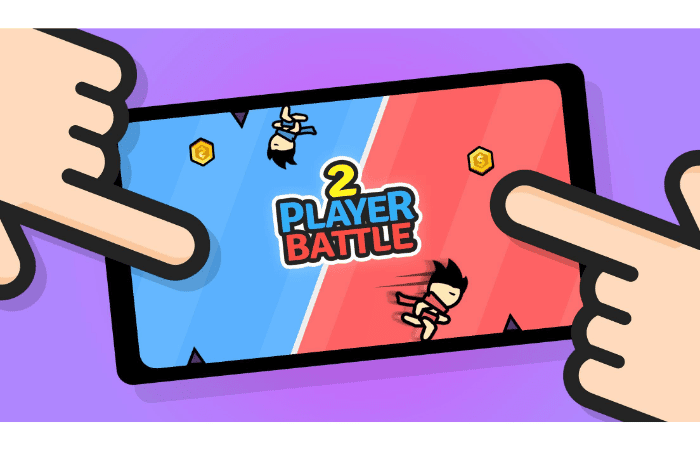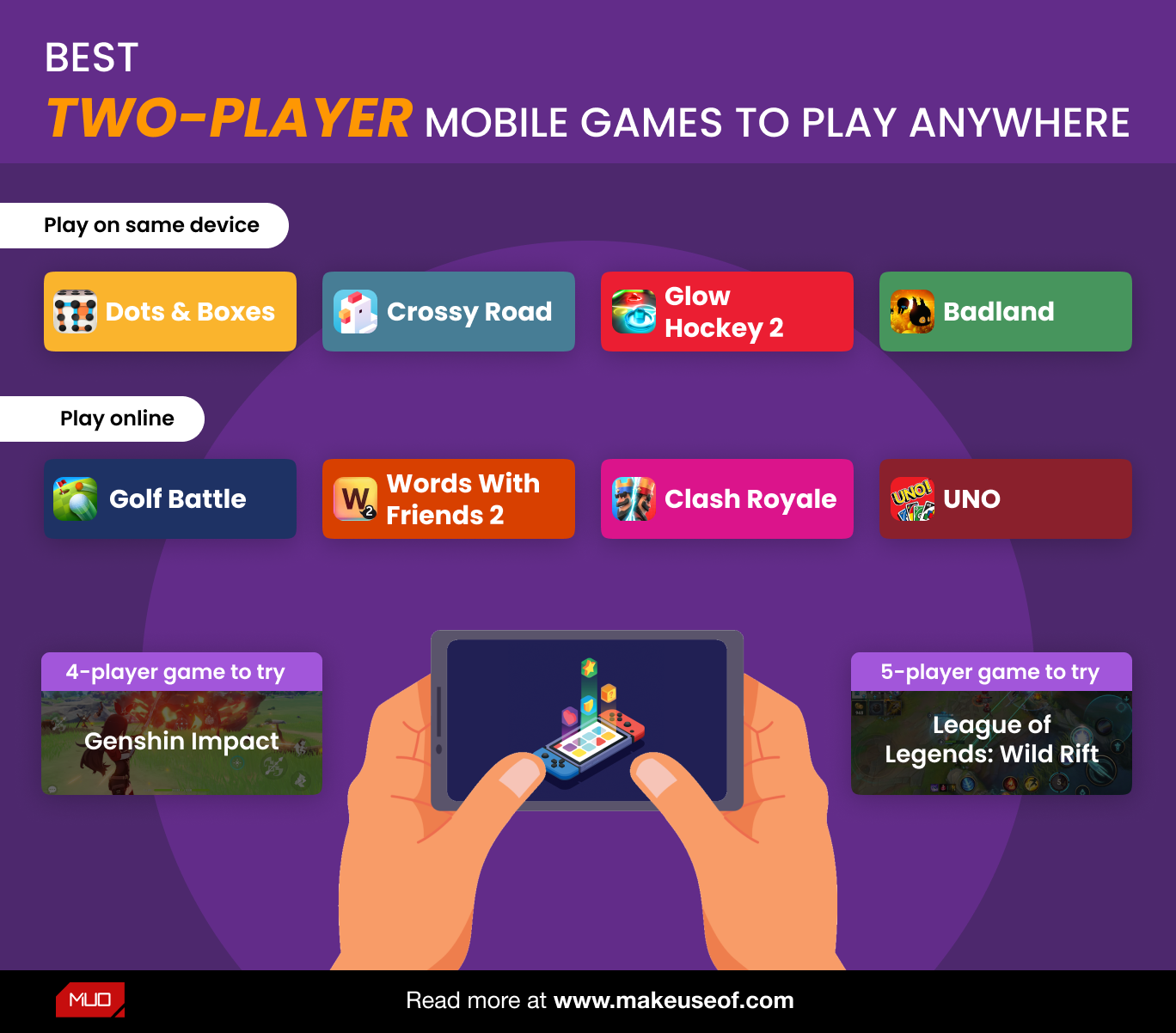The Evolving Landscape Of Online Two-Player Games For Kids: A Look At 2025
The Evolving Landscape of Online Two-Player Games for Kids: A Look at 2025
Related Articles: The Evolving Landscape of Online Two-Player Games for Kids: A Look at 2025
Introduction
With enthusiasm, let’s navigate through the intriguing topic related to The Evolving Landscape of Online Two-Player Games for Kids: A Look at 2025. Let’s weave interesting information and offer fresh perspectives to the readers.
Table of Content
The Evolving Landscape of Online Two-Player Games for Kids: A Look at 2025

The digital landscape for children’s entertainment is constantly evolving, with online gaming taking center stage. Two-player games, in particular, have become a cornerstone of interactive entertainment for children, fostering social interaction, strategic thinking, and a sense of healthy competition. As we look towards 2025, the realm of online two-player games for kids promises to be even more dynamic and engaging, driven by advancements in technology, evolving gaming trends, and a growing awareness of the importance of digital literacy.
The Evolution of Two-Player Games: From Simple to Sophisticated
The evolution of two-player games has been a fascinating journey, mirroring the growth of technology itself. From the early days of simple, text-based adventures to the immersive, visually stunning worlds of modern games, the experience has become increasingly sophisticated.
Early two-player games were often turn-based, requiring players to take turns and strategize their moves. These games, while basic in their presentation, provided the foundation for the complex, real-time multiplayer experiences that are prevalent today.
The advent of the internet and the rise of online gaming platforms revolutionized the landscape. Two-player games could now be played across geographical boundaries, connecting children from different parts of the world in shared virtual experiences.
Trends Shaping the Future of Two-Player Games for Kids in 2025
Several key trends are shaping the future of online two-player games for kids in 2025:
- Immersive Virtual Reality (VR) and Augmented Reality (AR): VR and AR technologies are poised to revolutionize gaming experiences. Imagine children stepping into a virtual world, interacting with each other and their environment in real-time, creating a truly immersive and engaging experience.
- Cross-Platform Play: The ability to play games across different platforms, such as PCs, consoles, and mobile devices, is becoming increasingly common. This trend will further enhance the accessibility and social aspect of online two-player games, allowing children to play with their friends regardless of their chosen device.
- Focus on Educational Value: Games are increasingly being designed to incorporate educational elements, teaching children valuable skills in STEM subjects, critical thinking, problem-solving, and social-emotional learning.
- Emphasis on Inclusivity and Accessibility: The gaming industry is becoming increasingly mindful of accessibility and inclusivity. Games are being designed to cater to diverse needs and abilities, ensuring that all children can participate and enjoy the benefits of online gaming.
- Gamification of Learning: The principles of game design are being applied to educational settings, making learning more engaging and interactive. Two-player games can play a crucial role in this gamification process, encouraging collaboration, problem-solving, and healthy competition in a fun and stimulating environment.
Benefits of Online Two-Player Games for Kids
Beyond providing entertainment, online two-player games offer a range of cognitive and social benefits for children:
- Enhanced Cognitive Skills: Two-player games require players to think strategically, plan ahead, and make decisions under pressure, sharpening their cognitive abilities.
- Improved Problem-Solving: Games often present challenges that require players to think critically and creatively to find solutions, fostering problem-solving skills.
- Enhanced Communication and Collaboration: Online two-player games promote communication and collaboration, as players need to work together to achieve common goals, fostering teamwork and social skills.
- Increased Socialization: Playing with others online provides opportunities for children to connect with friends and make new acquaintances, broadening their social circles and enhancing their social skills.
- Development of Digital Literacy: In an increasingly digital world, online gaming helps children develop essential digital literacy skills, including navigating online platforms, understanding digital etiquette, and interacting responsibly in online environments.
Exploring the Landscape: Examples of Two-Player Games for Kids in 2025
While it is impossible to predict the exact titles that will dominate the two-player game scene in 2025, we can speculate on some potential themes and genres:
- Adventure Games: Interactive narratives with puzzles, challenges, and collaborative storytelling, allowing children to embark on virtual adventures together.
- Puzzle Games: Games requiring players to solve puzzles, riddles, and challenges, encouraging strategic thinking and problem-solving.
- Sports Games: Virtual versions of popular sports, allowing children to compete against each other in a friendly and interactive environment.
- Creative Games: Games focused on creativity and expression, such as collaborative world-building, digital art creation, or musical composition.
- Educational Games: Games that blend entertainment with learning, teaching children about history, science, geography, or other subjects in an engaging and interactive way.
Frequently Asked Questions (FAQs)
1. What are the safety concerns associated with online two-player games for kids?
- Online Safety: Parents need to be mindful of online safety risks, such as cyberbullying, inappropriate content, and online predators. Setting appropriate parental controls, monitoring online activity, and having open conversations with children about online safety are crucial.
- Screen Time: Excessive screen time can have negative impacts on children’s physical and mental health. It is important to encourage a balanced approach to screen time and promote other activities, such as outdoor play, reading, and social interaction.
2. How can parents ensure their children are playing age-appropriate games?
- Parental Controls: Most gaming platforms offer parental controls that allow parents to restrict access to certain games based on age ratings and content.
- Research and Reviews: Parents should research games before allowing their children to play them, reading reviews and checking age ratings.
- Open Communication: Open communication with children about their online gaming habits is crucial. Parents should encourage children to talk about the games they are playing and any concerns they may have.
3. How can online two-player games be used for educational purposes?
- STEM Learning: Games can be designed to teach children about science, technology, engineering, and mathematics in an engaging and interactive way.
- Critical Thinking and Problem-Solving: Many games require players to think critically and creatively to solve problems, developing these essential skills.
- Social-Emotional Learning: Games can provide opportunities for children to learn about empathy, communication, and teamwork, fostering social-emotional development.
Tips for Choosing Online Two-Player Games for Kids
- Consider Age and Maturity: Choose games appropriate for your child’s age and developmental stage.
- Look for Educational Value: Consider games that offer educational benefits alongside entertainment.
- Read Reviews and Ratings: Check online reviews and ratings to get an idea of the game’s content and quality.
- Focus on Collaboration: Choose games that promote teamwork and collaboration, fostering social skills.
- Prioritize Safety: Ensure the game has appropriate parental controls and safety features.
Conclusion
The landscape of online two-player games for kids is constantly evolving, driven by technological advancements and a growing understanding of the importance of digital literacy. As we look towards 2025, these games promise to be even more immersive, engaging, and educational, providing children with opportunities to learn, grow, and connect with others in a virtual world. By embracing these opportunities and navigating the challenges with awareness and responsibility, parents and educators can ensure that online two-player games contribute to a positive and enriching experience for children.




![The 50 Best Two-Player Board Games [For Any And All Ages]](https://www.chattersource.com/wp-content/uploads/2021/04/60187b8d21900071e15f1c72_uyPaazDxnskpCygNxw5_hd9ADclLSpVx2XePqrjkiLXl7s7ogElhOTLQpzbxOPbdycX88ohzh84f8LSgx7gy9mih_a9var6KZiuhQ_ItHhEn9ceNHazyWV5mjyMNlHsGsAXRaO3H-1024x1018.png)



Closure
Thus, we hope this article has provided valuable insights into The Evolving Landscape of Online Two-Player Games for Kids: A Look at 2025. We hope you find this article informative and beneficial. See you in our next article!
You may also like
Recent Posts
- The Evolving Landscape Of Online Gaming In 2025: A Look At Emerging Trends And Innovations
- The Evolving Landscape Of Online Gaming On PS4 In 2025: A Glimpse Into The Future
- The Evolving Landscape Of Free Online Gaming: A Look Into Microsoft’s Vision For 2025
- The Evolution Of Online Slots: Exploring The Landscape Of Free Play In 2025
- The Enduring Charm Of 8-Bit: Exploring Online Retro Gaming In 2025
- The Evolving Landscape Of Free Virtual Games: A Glimpse Into 2025
- The Evolving Landscape Of Online Two-Player Games For Kids: A Look At 2025
- Wordplay In The Digital Age: Exploring The Evolution Of Online Word Games In 2025
Leave a Reply